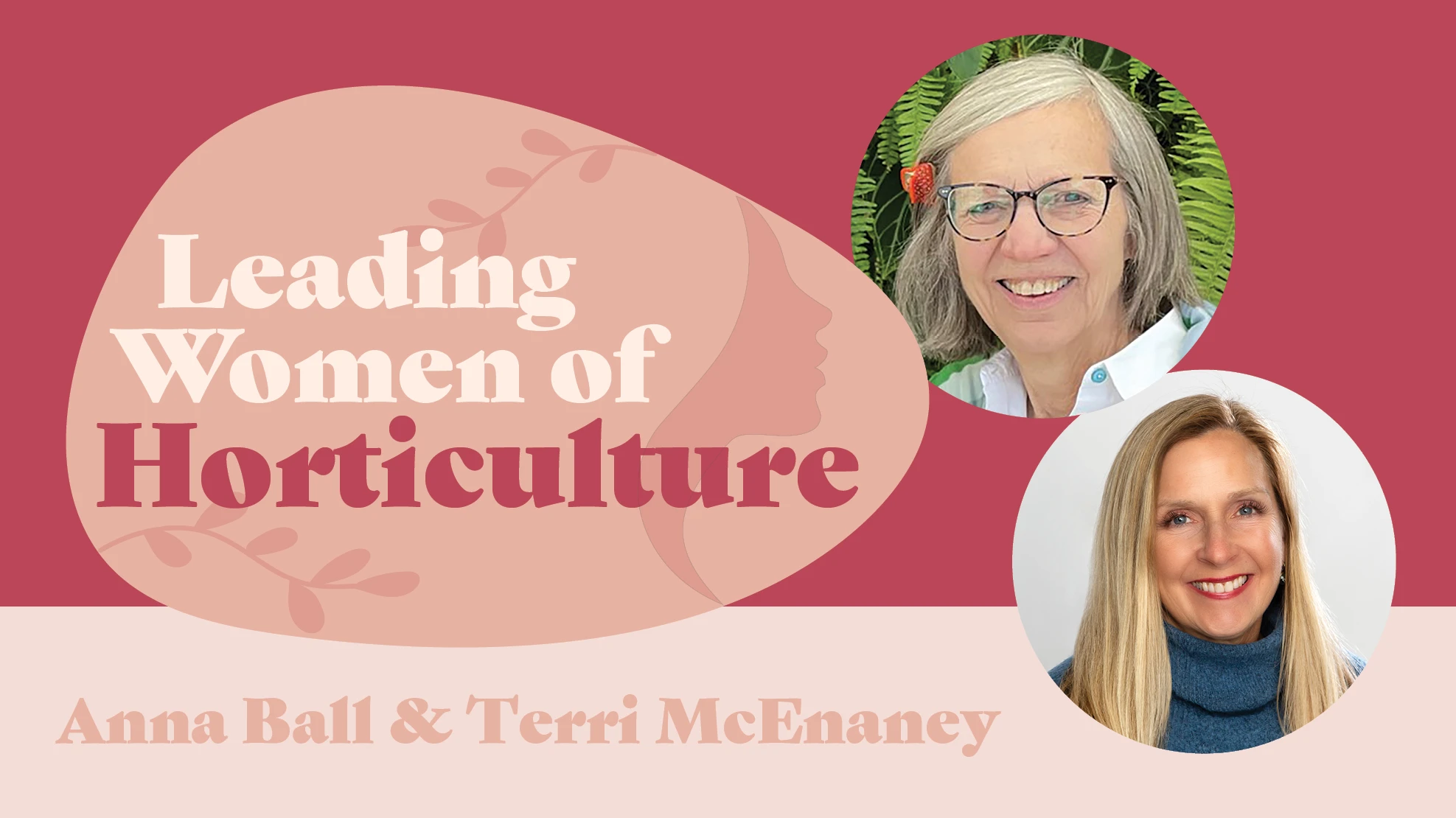As I was shopping for annuals at my local independent garden center this past spring, like most consumers, I considered the prices.

This garden center tends to be more expensive than others, but to me, it’s worth it. Like many of your customers, I go there because it’s local and independently owned, it’s in a convenient location, the plants are well cared for, and I know I can get one-on-one help from staff.
While I was shopping for varieties in 3- and 4-inch pots and adding up what it would cost to create a container combination, I realized that each plant costs less than what I normally spend on an iced coffee (it was 90 degrees that day) or a pint of craft beer. When I finished shopping and carried my six annuals to the checkout counter, with the 30 percent discount they happened to be offering that day, the total was just $25. I didn’t know about the sale when I walked in, and regardless of price, I would have walked out with annuals to fill my porch containers.
Unlike drinks or dinner at a reasonable restaurant or two tickets to the movies, the plants will bring beauty and joy all summer long. Even if they aren’t properly cared for, chances are, they will last at least a few weeks, much longer than a meal, a beverage or a night out.
Eliza Blank, CEO and founder of The Sill, an online plant retailer with two locations in Manhattan, said in this month’s cover story that in New York City, where a cup of coffee can cost $6, spending $6 for a living green companion “feels a lot more rewarding.” Blank, who is also a member of Garden Center magazine’s advisory board, says her customers don’t really know what plants should cost or how The Sill’s prices compare to other companies, which has led to some interesting observations. You can read more about The Sill, its pricing strategy, and how the company is changing how consumers perceive houseplant.
In addition to the cover story, we’ve included companion articles about how IGCs can increase the value of their plants, both in terms of dollars and perception. You’ll read what happened when SummerWinds Nursery stopped discounting roses and increased the price of citrus trees due to shortages in the market (spoiler alert, customers still purchased the plants, and they increased profits.) Dr. Bridget Behe of Michigan State University explains how to price plants based on more than production costs. We also examine industries outside of horticulture to find out how they convinced consumers it was worth it to pay more for everything from craft beer to vinyl records.
In addition,you’ll read about how garden centers are using homepage banner videos to give customers a behind-the-scenes look at their facilities. One IGC features footage of their trees growing through the changing seasons, revealing the time and care it takes to bring them to market. The garden center’s theory is that the more customers understand what it takes to produce plants, the more they’ll appreciate and value them.
Michelle Simakis
msimakis@gie.net

Explore the July 2018 Issue
Check out more from this issue and find your next story to read.
Latest from Garden Center
- Society of American Florists accepting entries for 2025 Marketer of the Year Contest
- Sustainabloom launches Wholesale Nickel Program to support floriculture sustainability
- American Horticultural Society welcomes five new board members
- Color Orchids acquires Floricultura Pacific, becoming largest orchid supplier in U.S.
- American Floral Endowment establishes Demaree Family Floriculture Advancement Fund
- The Growth Industry Episode 3: Across the Pond with Neville Stein
- Proven Winners offers Certified Garden Center Training for staff education
- Digging In Association hosts inaugural Platinum Trowel Awards at winter conference






